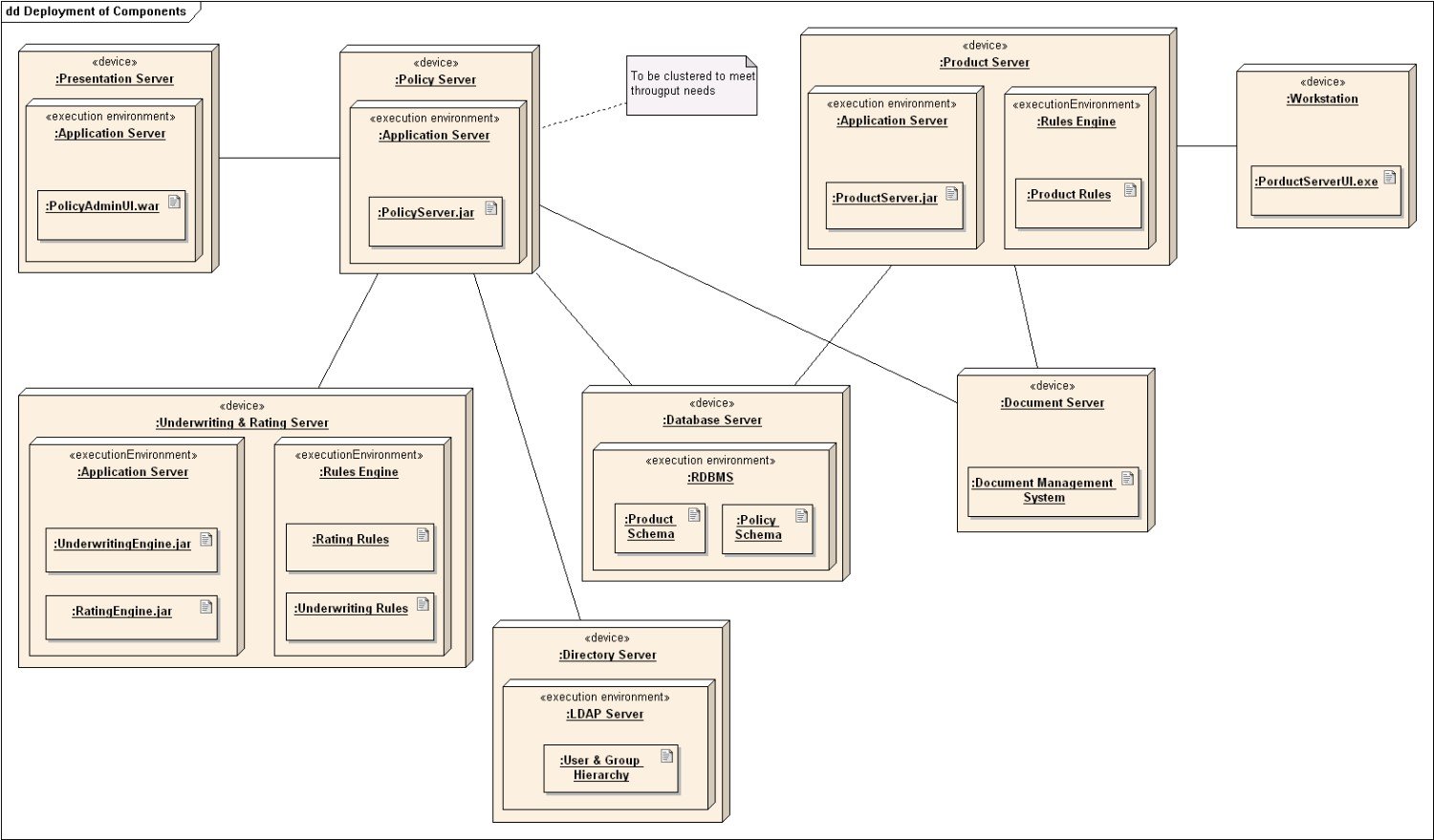Show List
Deployment Diagrams
Deployment Diagram
A UML deployment diagram illustrates the arrangement of runtime processing nodes and the components residing on them. These diagrams belong to the category of structure diagrams utilized for representing the physical aspects of an object-oriented system. Typically, they are employed to depict the static deployment view of a system, specifically focusing on the hardware topology.
When to Utilize Deployment Diagram
Which existing systems must the newly incorporated system interface or integrate with?
What level of resilience does the system require (e.g., redundant hardware in case of system failure)?
Which entities and processes will establish connections with or interact with the system, and what will be the methods of interaction?
Which middleware, encompassing the operating system and communication methods and protocols, will the system employ?
Which hardware and software will users directly engage with (PCs, network computers, browsers, etc.)?
How will the system be monitored post-deployment?
What level of security does the system necessitate (requires a firewall, physically secure hardware, etc.)?
Objectives of Deployment Diagrams
They illustrate the configuration of the run-time system.
They record the hardware employed to execute the system and the connections among various hardware elements.
They portray physical hardware components and the communication pathways connecting them.
They serve as a tool for strategizing the system's architecture.
They also provide utility in documenting the deployment of software components or nodes.
Example:

Leave a Comment